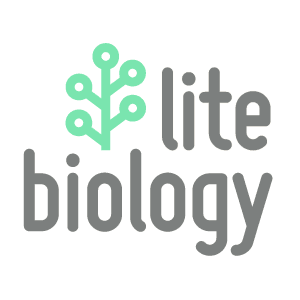Electron carriers in cells accept and give away electrons to facilitate reduction (gain of electrons) and oxidation (loss of electrons). They are crucial in cell respiration and are found on the inner membrane of mitochondria and chloroplasts (the energy producing organelles of animals and plant cells respectively).
NAD (Nicotinamide Adenine Dinucleotide) is the main electron carrier in animal cell respiration, and phosphorylated NAD (NADP) in photosynthesis of plant cells.
NAD exists as positively-charged in cells : NAD+
NAD+ can be reduced by removing 2 hydrogen atoms from an oxidized substance. (Remember, a hydrogen atom is one proton and one electron.) NAD+ accepts 1 proton and 2 electrons from the 2 hydrogen atoms, and releases one of the protons (H+).
The overall reduction of NAD+ can be shown as:
NAD+ + 2H+ + 2e- —> NADH + H+
The electrons remove the positive charge of NAD+.
NAD+ reduction takes place in glycolysis and the Kreb's cycle (electrons are added), and NADH oxidation (removal of electrons) occur in the electron transport chain to produce ATP for the cell.
